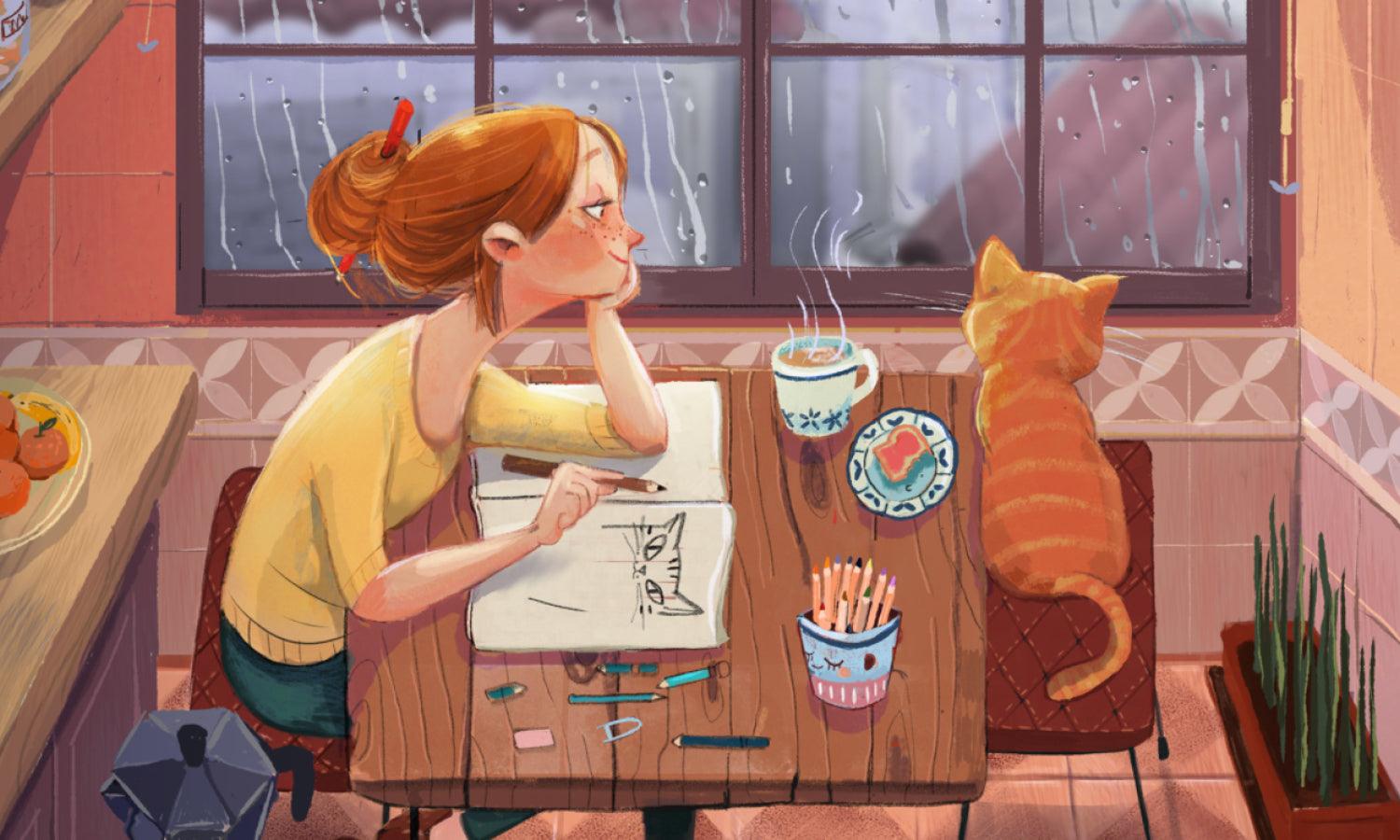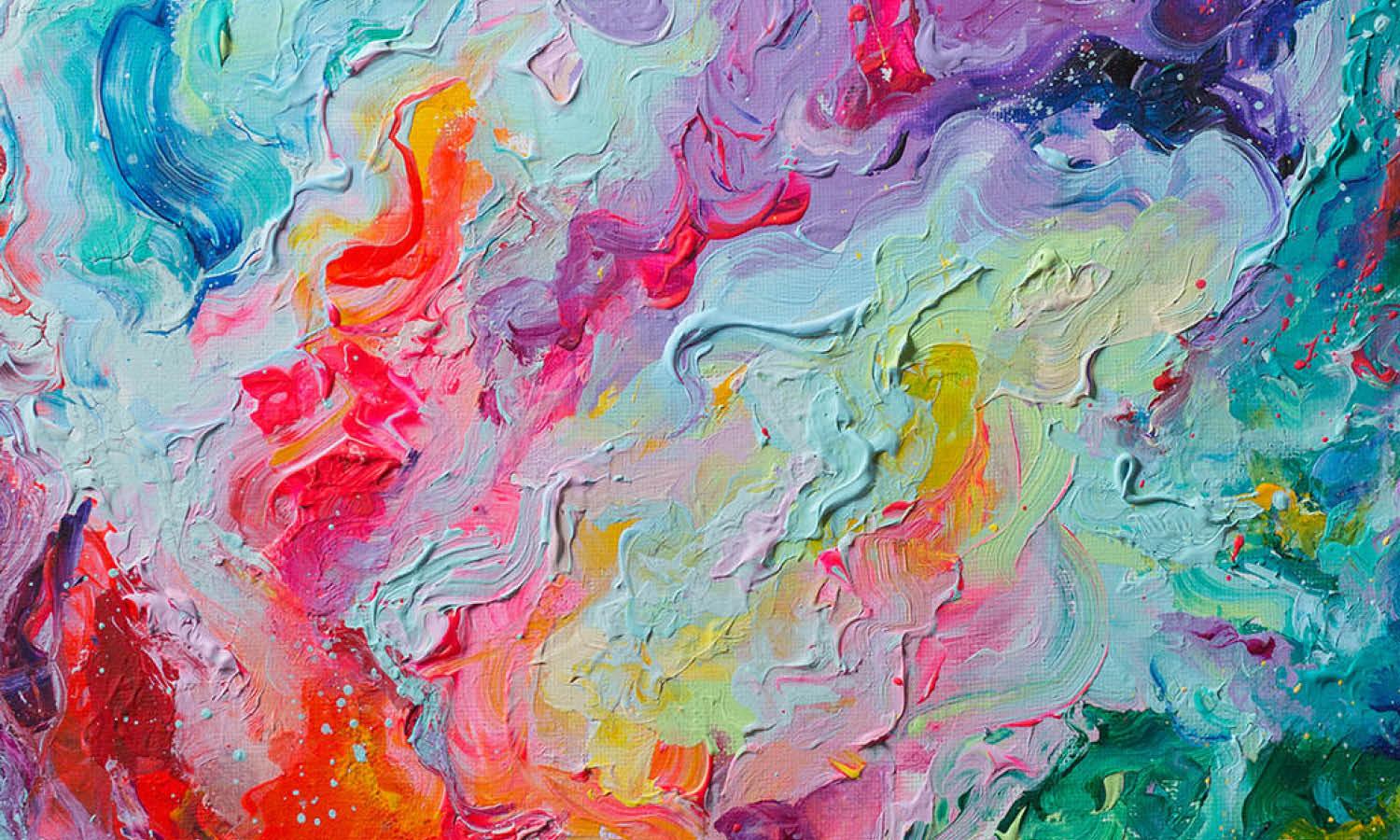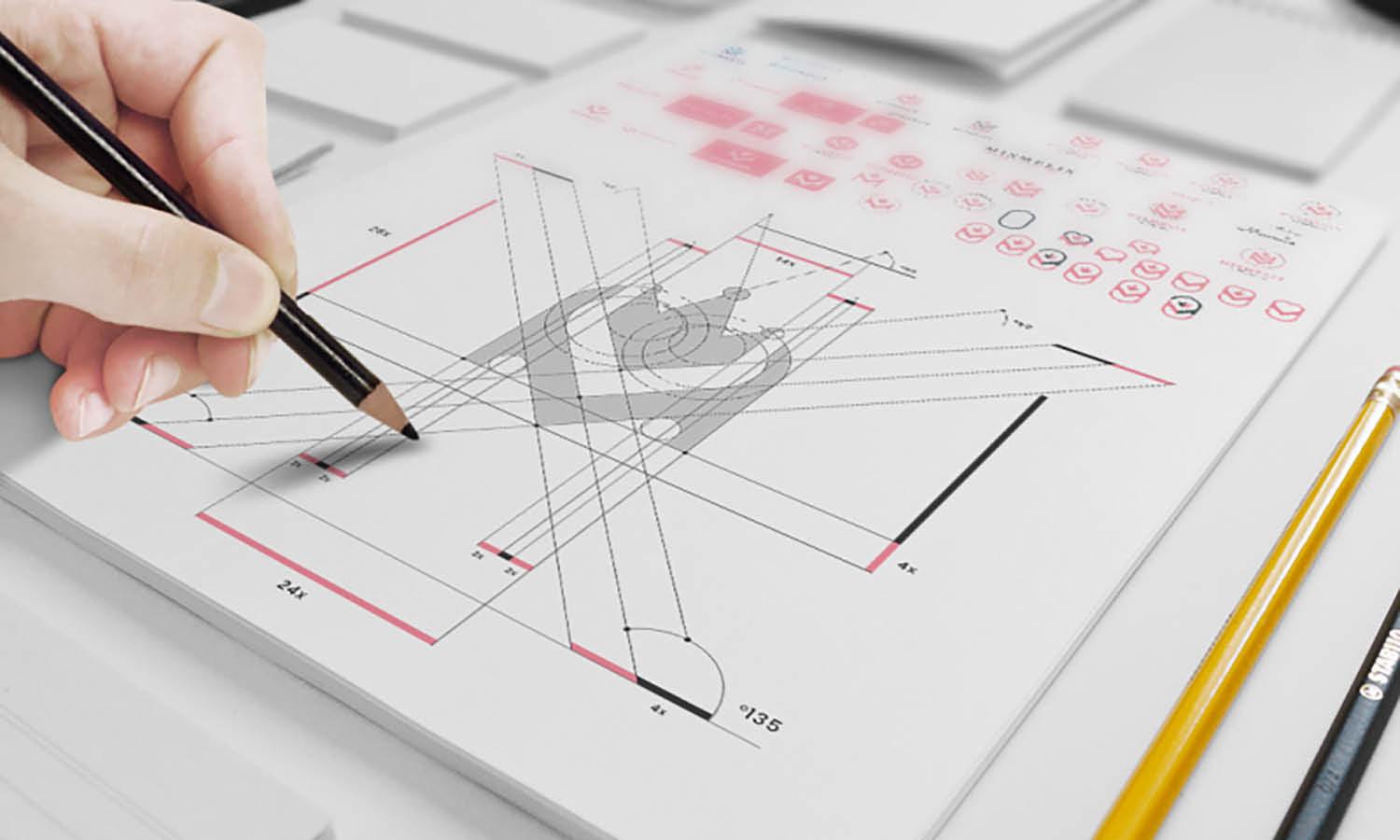Hakone Open-Air Museum, Hakone | Art Museum Guide

Source: Leon & Mae, Hakone Open-Air Museum, Wikipedia, https://en.wikipedia.org/wiki/File:Hakone5.jpg
Tucked away in the scenic mountains of Hakone, the Hakone Open-Air Museum offers a refreshing blend of art, nature, and architecture. As Japan’s first open-air art museum, it has become a must-visit cultural destination that brings creativity into harmony with the natural world. Opened in 1969, this remarkable site spreads across more than 70,000 square meters, presenting a dynamic outdoor gallery unlike any other.
The art museum is home to over 100 outdoor sculptures, thoughtfully placed among rolling hills, forests, and gardens. Visitors can wander through winding paths and encounter works by acclaimed artists such as Henry Moore, Niki de Saint Phalle, and Auguste Rodin. One of the major highlights is the Picasso Pavilion, housing a diverse and rare collection of the artist’s pieces.
Beyond its artistic offerings, the Hakone Open-Air Museum also invites guests to relax with hot spring foot baths, explore interactive installations, and enjoy family-friendly features such as creative play areas. With its ever-changing seasonal backdrop, this Hakone landmark provides a sensory-rich experience that speaks to all ages. Whether you’re a seasoned art enthusiast or a casual traveler, this art museum promises both visual wonder and peaceful retreat.
Stunning Location in Nature
Perched on the forested slope between Mount Sengen and the steaming valleys of Owakudani, the Hakone Open-Air Museum in Hakone commands a landscape that feels purpose-built for art-driven reflection. Visitors step off the Hakone Tozan Railway and are greeted by crisp mountain air scented with cedar, moss, and volcanic mineral springs. The campus unfolds over undulating meadows, mirror-still ponds, and winding footpaths that trace natural contours rather than impose rigid grids. This topography weaves nature directly into every curatorial decision, making the art museum an integral part of Hakone’s legendary scenery.
Seasonal change is another essential collaborator in the museum’s curatorial vision. Spring cloaks the grounds in pastel cherry blossoms, whose drifting petals swirl around polished bronzes. Summer’s deep emerald canopy provides cool shade and dramatic chiaroscuro that accentuates stainless-steel surfaces. When autumn arrives, fiery maples and golden ginkgoes transform the hillside into a living impressionist canvas, amplifying terracotta and patinated copper tones. Even winter, when snow dusts the lawns and sculptures, rewards visitors with stark silhouettes framed against clear alpine skies. These seasonal rhythms mean no two visits are identical; light, color, and atmosphere continuously rewrite the visual dialogue between artwork and environment. Every visit reveals a fresh visual dialogue.
Over 100 Outdoor Sculptures
Housing more than one hundred outdoor sculptures, the Hakone Open-Air Museum in Hakone functions as an expansive classroom where visitors learn by walking. Each piece is positioned after careful study of sight-lines, sunlight, and the surrounding flora, allowing the artwork to converse with nature instead of merely occupying space. A gentle slope reveals Henry Moore’s monumental “Reclining Figure,” its softened bronze silhouettes echoing the ridgeline beyond. Nearby, Niki de Saint Phalle’s exuberant mosaic “Miss Black Power” injects playful color against evergreen pines, while Auguste Rodin’s emotive figures invite quiet contemplation beside a still pond.
The range of media on display—bronze, marble, stainless steel, glass, and even fiber—highlights the museum’s commitment to material experimentation. Visitors witness how rain beads upon polished metal or how moss latches onto porous stone, subtly changing each work over time. Many sculptures are intentionally interactive: guests can walk inside Gabriel Loire’s stained-glass “Symphonic Sculpture” tower and climb to a panoramic lookout bathed in shifting jewel tones. Others invite tactile exploration, encouraging a hands-on appreciation often absent in a traditional art museum.
Curatorial balance is achieved by juxtaposing globally recognized masters with emerging Japanese talents, creating an inclusive story of modern and contemporary art. Multilingual plaques provide concise context without disrupting the visual rhythm. Because new commissions are added regularly, the collection remains fluid; repeat travelers often discover unfamiliar pieces nestled beside familiar favorites. Ultimately, this outdoor gallery transforms the traditional art museum concept, letting visitors interact with art in open air, broad daylight, and changing weather. Each sculpture extends an invitation to wonder.
Impressive Picasso Pavilion
One of the most remarkable features of the Hakone Open-Air Museum in Hakone is the dedicated Picasso Pavilion. This striking structure houses an exceptional collection of over 300 works by Pablo Picasso, offering visitors an in-depth look into the life and legacy of one of the 20th century’s most influential artists. The pavilion includes a wide array of Picasso’s creations—ranging from paintings and prints to sculptures, ceramics, and stained-glass pieces—many of which are rarely seen elsewhere.
This portion of the art museum is more than just a gallery; it’s a chronological and stylistic journey through Picasso’s evolution as an artist. His experiments with form, color, and technique are on full display, providing insight into his many phases—Blue Period, Cubism, Classical, and beyond. Visitors are often struck by the diversity and emotional resonance of his lesser-known ceramic works, a medium Picasso embraced late in his life with remarkable energy.
The building itself is designed to complement the experience with its open, light-filled layout and calming architectural flow. Educational panels, videos, and sketches offer added context, making the collection both accessible and enriching. As part of the broader art museum experience at the Hakone Open-Air Museum, Hakone, the Picasso Pavilion adds a strong indoor counterpart to the outdoor sculptures. It provides a quiet, contemplative space to reflect on art history while surrounded by the natural beauty just beyond its windows. This unique pavilion positions the museum as a rare fusion of artistic mastery and environmental grace.
Rotating Indoor Exhibitions
While the outdoor sculptures often steal the spotlight, the Hakone Open-Air Museum in Hakone also excels with its thoughtfully curated indoor exhibitions. These rotating exhibitions are housed within several well-appointed gallery spaces throughout the museum grounds, offering visitors a fresh perspective with each return visit. The ever-changing lineup ensures that the museum maintains an ongoing dialogue with current trends and movements in contemporary and modern art.
These exhibitions feature a wide spectrum of artists—from renowned international figures to promising Japanese creators—allowing for an eclectic mix of styles, techniques, and cultural expressions. Installations may include photography, mixed media, kinetic art, and conceptual pieces that explore themes ranging from environmentalism to social commentary. The curatorial team often builds shows that respond to the seasonal atmosphere, encouraging thoughtful connections between the indoor galleries and the outdoor setting.
One of the indoor galleries is occasionally used for thematic retrospectives or special collaborations with other institutions, bringing in exclusive works that are seldom seen in Japan. These curated shows are supplemented with educational resources such as artist talks, short films, and detailed wall texts to deepen visitor engagement.
These indoor spaces are climate-controlled, spacious, and carefully lit to present artworks in their best conditions. They provide a peaceful retreat from the elements while maintaining the overall harmony of the art museum environment. For visitors to the Hakone Open-Air Museum, Hakone, these rotating exhibitions offer depth, surprise, and a rewarding reason to explore beyond the gardens and sculpture lawns.
Kid-Friendly Woods of Net
At the Hakone Open-Air Museum in Hakone, the “Woods of Net” offers a delightful and creative space where children can experience art in a playful, hands-on way. Designed by renowned textile artist Toshiko Horiuchi MacAdam, this installation merges sculpture and playground in a seamless and colorful form. Suspended within a spacious timber dome, the giant hand-crocheted net structure invites children to crawl, bounce, swing, and climb—turning tactile exploration into an immersive art experience.
The architectural structure surrounding the net is equally impressive. Constructed using 320 cubic meters of sustainably sourced timber, the dome provides both shelter and natural light, creating a soft and organic atmosphere. The combination of wood and fiber echoes the surrounding forest environment, allowing the play space to blend with the museum’s broader commitment to harmony between art and nature.
Safety and imagination are key aspects of the “Woods of Net.” The entire installation is made of soft materials and has been meticulously engineered to support energetic play without compromising on design aesthetics. Parents can relax in nearby seating areas while their children engage with this vibrant form of art.
This interactive zone reinforces the museum’s role as a welcoming destination for visitors of all ages. It stands out among traditional museum experiences by prioritizing child-centered creativity in a fine art context. The “Woods of Net” demonstrates how the art museum at the Hakone Open-Air Museum, Hakone expands the definition of sculpture to include play, joy, and meaningful interaction.
Foot Baths With Mountain Views
One of the most relaxing and unexpected highlights at the Hakone Open-Air Museum in Hakone is the open-air foot bath, a unique amenity that enhances the museum experience with a touch of local culture. Located near the museum’s main garden area, this soothing space invites visitors to remove their shoes and dip their feet into natural hot spring water while surrounded by mountain views and nearby artworks.
Fed by geothermal springs native to the Hakone region, the foot bath blends wellness with aesthetics. The mineral-rich waters are known for their restorative qualities, providing a peaceful pause after a long stroll through the expansive museum grounds. The bath is designed as a long, stone-lined channel, where visitors can sit on the edge and relax, often with views of nearby sculptures and lush greenery.
This thoughtful addition reflects the museum’s holistic approach to visitor engagement. It’s not only about viewing art but also about creating moments of calm, contemplation, and connection to place. Towels are available for purchase on-site, and the area is easily accessible to all guests, including families and seniors.
The foot bath is especially popular during cooler months, offering a warm retreat amid crisp mountain air. Whether taken at the beginning or end of a museum visit, it leaves a lasting impression of comfort and care. This feature illustrates how the art museum at the Hakone Open-Air Museum, Hakone considers both body and spirit in the cultural experience it offers.
Artistic Architecture
The Hakone Open-Air Museum in Hakone is celebrated not only for its sculptures but also for its exceptional architecture that functions as art in itself. The museum’s buildings are thoughtfully designed to complement their mountainous environment while embodying a distinct artistic vision. Instead of overshadowing the natural setting, the structures reflect it—featuring clean lines, generous glass facades, and natural materials that harmonize with the surrounding landscape.
The Picasso Pavilion, for example, combines geometric simplicity with elegance, allowing the artwork inside to breathe while framing outdoor vistas. Sunlight pours through skylights and floor-to-ceiling windows, creating an open, airy atmosphere that enhances the experience of viewing the artist’s work. Similarly, the “Symphonic Sculpture” tower, designed by Gabriel Loire, is an immersive stained-glass experience—visitors ascend its spiral staircase wrapped in kaleidoscopic color and architectural rhythm.
Every gallery and rest area is part of a larger architectural dialogue between structure, terrain, and art. Rooflines mirror mountain slopes, and pathways flow with the natural contours of the land. Even the museum shop and café blend seamlessly into the design narrative, ensuring every element contributes to a cohesive visual experience.
This architectural philosophy transforms the museum into more than a space for art—it becomes art. The thoughtful integration of form, function, and setting demonstrates how the art museum at the Hakone Open-Air Museum, Hakone redefines conventional boundaries between building and sculpture, offering a spatial experience that is as captivating as the artwork it shelters.
Sculpture Symbiosis With Nature
At the Hakone Open-Air Museum in Hakone, the sculptures do not simply exist in the landscape—they coexist with it in a carefully orchestrated dialogue. The museum’s curators and landscape designers have masterfully arranged more than 100 works of art to complement the terrain, vegetation, and seasonal shifts, creating a rare example of artistic and environmental harmony.
Rather than imposing rigid lines or manicured lawns, the museum embraces the uneven terrain and lush plant life. Sculptures are strategically placed along natural ridgelines, beside bubbling streams, or under tree canopies. As sunlight filters through leaves or casts long shadows across the hills, each sculpture reveals different dimensions, making time and weather active participants in the viewing experience.
For instance, Isamu Noguchi’s minimalist stone works resonate with the simplicity of moss-covered rocks, while Henry Moore’s large bronzes echo the rolling contours of the mountains. The mirrored surface of contemporary installations captures the clouds, forests, and viewers themselves, blurring the lines between art and environment.
The symbiotic relationship continues with the local ecology. Birds perch on sculptures, vines slowly creep across pedestals, and autumn leaves gather around the bases, all contributing to an ever-evolving canvas. This natural integration deepens the visitor’s emotional and sensory engagement with the space.
Through this careful blending of sculpture and setting, the art museum at the Hakone Open-Air Museum, Hakone offers a deeply immersive experience. Art is not separated from nature—it thrives within it, making each visit an exploration of both creative expression and the living landscape.
Seasonal Beauty Enhances the Art
The Hakone Open-Air Museum in Hakone offers a unique experience that transforms throughout the year, with each season dramatically altering the visual and emotional atmosphere of the museum. The changing weather, colors, and natural light interact with the sculptures in ways that bring renewed energy and meaning to every visit.
In spring, the grounds are dotted with soft pink cherry blossoms, which provide a gentle contrast to the bold lines of contemporary sculpture. These fleeting blooms add a poetic quality to the artworks, framing them in nature’s most delicate setting. As summer arrives, rich greenery envelops the museum. Sculptures emerge from thick foliage, giving visitors the sensation of discovering hidden treasures along wooded paths and garden trails.
Autumn turns the museum into a vibrant canvas of red, orange, and gold. Fallen leaves gather around marble and bronze bases, creating striking juxtapositions between natural decay and timeless art. This season is a favorite for photographers and artists who come to capture the intense color combinations.
In winter, when snow gently covers the lawns and rooftops, the museum transforms once again. The cool silence and stark contrasts of snow against sculpture create an introspective and serene mood, offering a meditative experience that is especially memorable.
This continuous transformation makes the art museum at the Hakone Open-Air Museum, Hakone a destination worth revisiting. Each season contributes its own palette and atmosphere, enhancing both the appreciation of the artworks and the natural surroundings in a truly immersive way.
Easy Access From Tokyo
Despite its peaceful mountain setting, the Hakone Open-Air Museum in Hakone is surprisingly easy to reach from Tokyo, making it an ideal day trip or overnight cultural getaway. Travelers can access the museum in approximately two hours, depending on the mode of transportation, with several scenic and efficient routes available.
One of the most popular options is the Odakyu Romancecar, a direct limited express train from Shinjuku Station in Tokyo to Hakone-Yumoto Station. From there, visitors can transfer to the Hakone Tozan Railway, a charming mountain train that winds through forests and valleys, offering a preview of the natural beauty to come. The museum is just a short walk from Chokoku-no-Mori Station, named after the art museum itself.
Alternatively, visitors can use the Japan Rail (JR) network with a connection to Odawara Station, followed by a local transfer to Hakone. Buses and taxis are also available for those preferring road travel. For added flexibility, Hakone Freepass holders benefit from unlimited travel across multiple modes of transport within the region, including access to the museum.
This accessibility makes it easy to incorporate the museum into a broader itinerary that might include hot springs, Lake Ashi, or the Hakone Ropeway. Even for international tourists with limited time, the art museum at the Hakone Open-Air Museum, Hakone offers a rare combination of convenience and cultural richness. The journey itself—through hills, forests, and scenic vistas—feels like an introduction to the museum’s core themes of harmony between art and nature.
Conclusion
The Hakone Open-Air Museum in Hakone stands as a remarkable fusion of art, nature, and architecture. From its world-class sculpture collection and the inspiring Picasso Pavilion to interactive family spaces and seasonal beauty, every element is thoughtfully curated for a meaningful experience. Its location in the scenic Hakone mountains enhances the artistic atmosphere, while easy access from Tokyo makes it an accessible retreat for locals and tourists alike. Whether you're an art enthusiast, a family traveler, or simply seeking tranquility, this art museum offers a dynamic and enriching cultural escape that invites return visits throughout the year.
Let Us Know What You Think!
Every information you read here are written and curated by Kreafolk's team, carefully pieced together with our creative community in mind. Did you enjoy our contents? Leave a comment below and share your thoughts. Cheers to more creative articles and inspirations!
















Leave a Comment